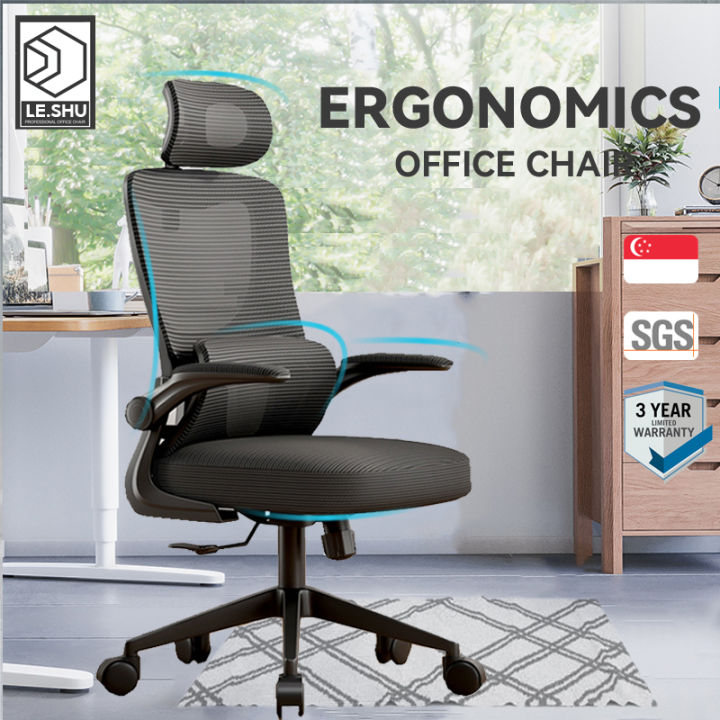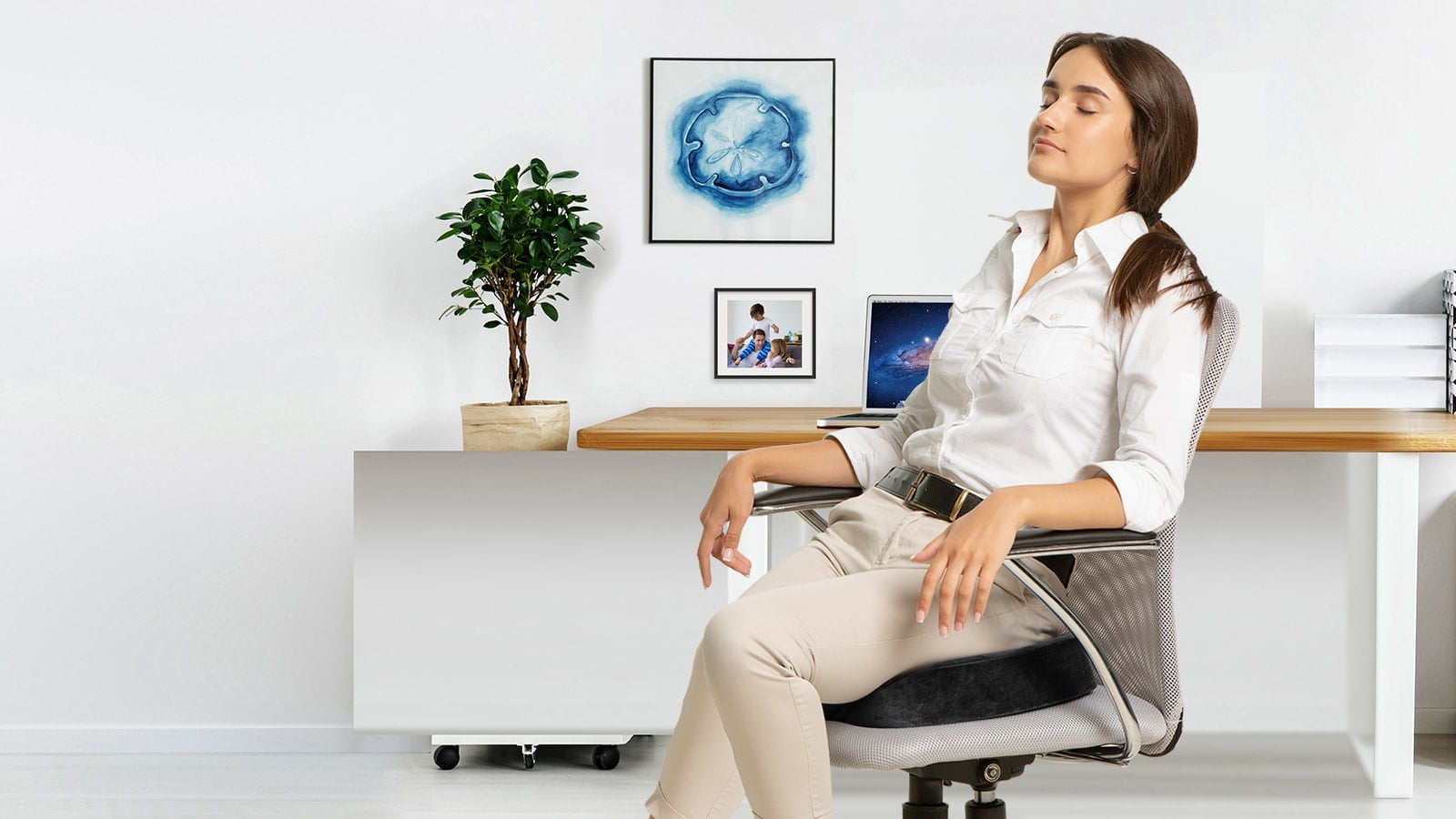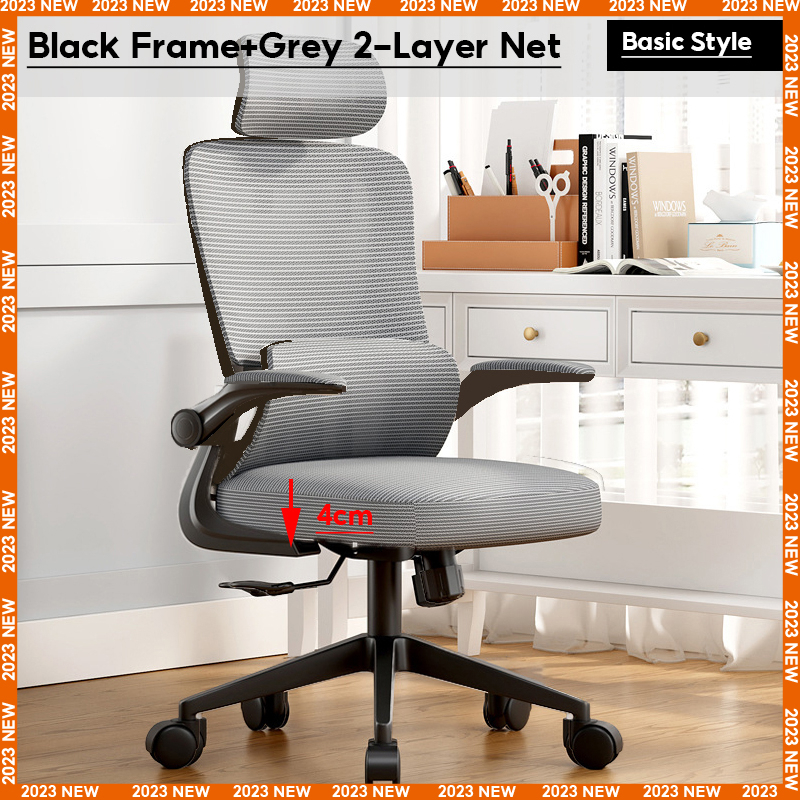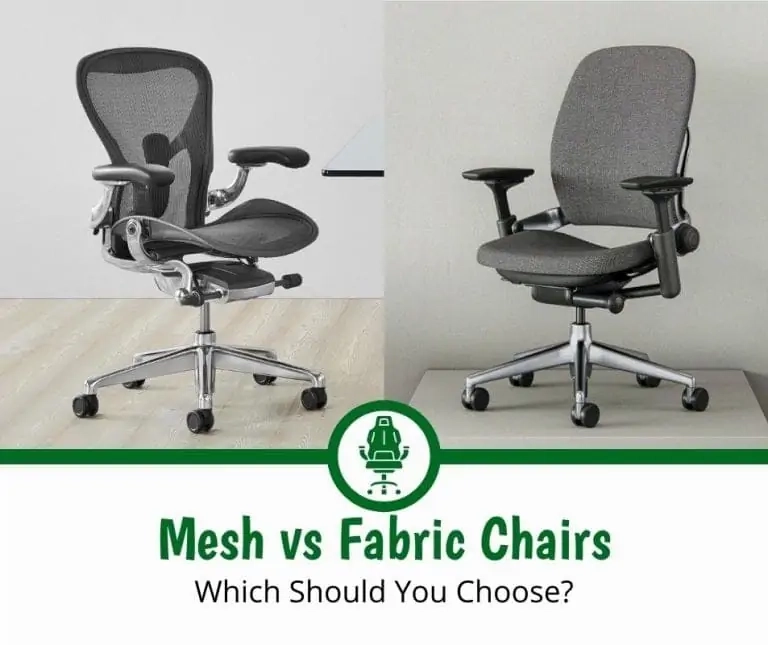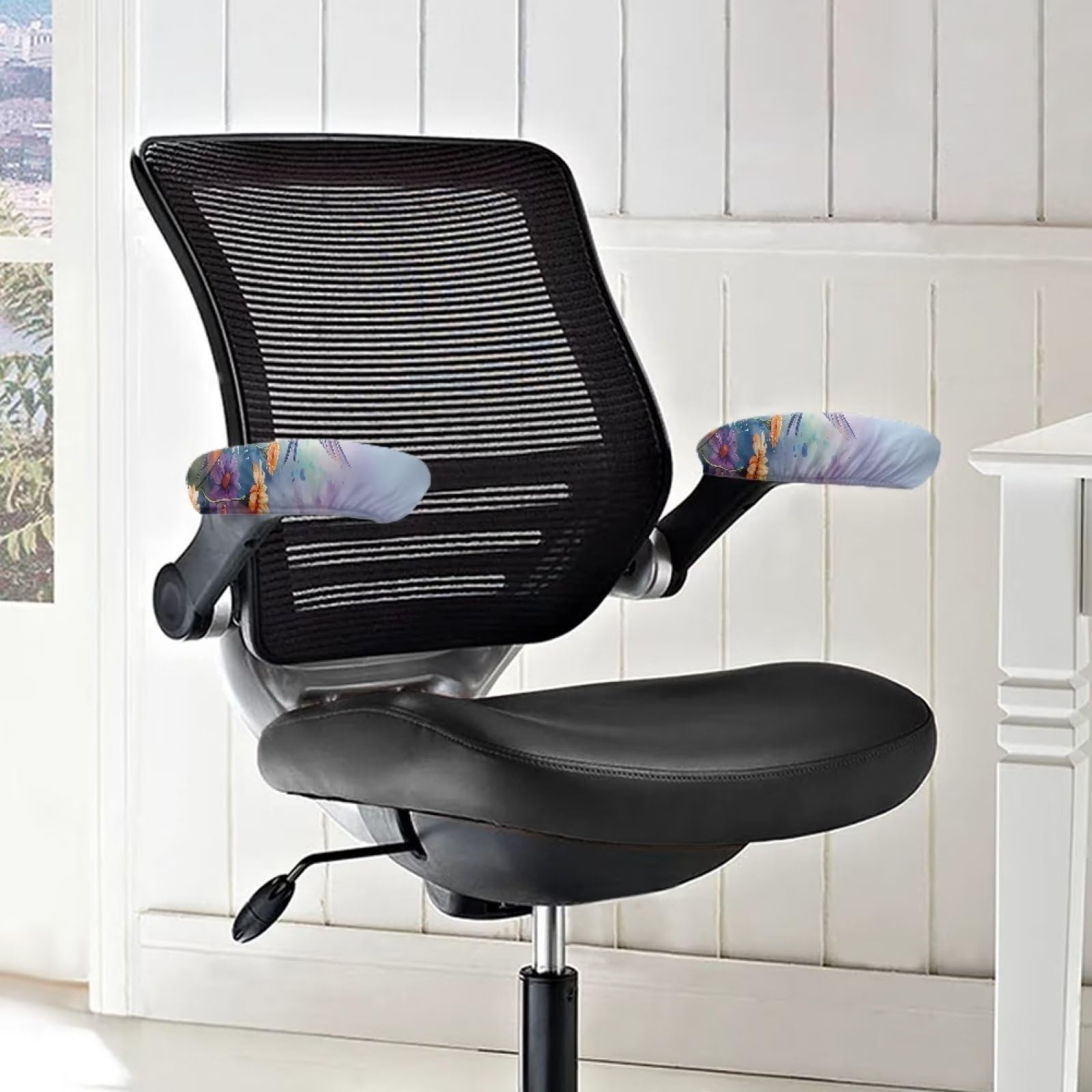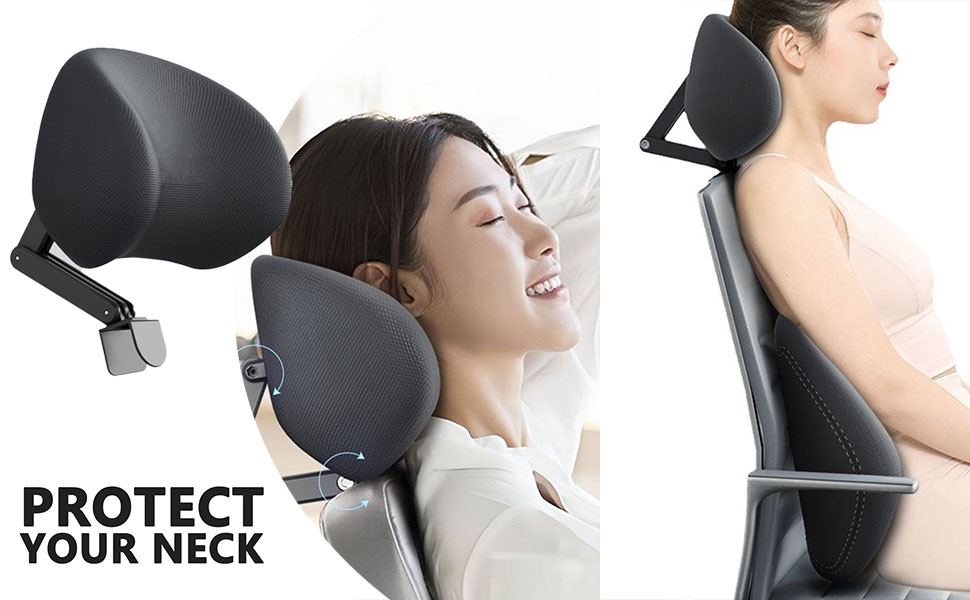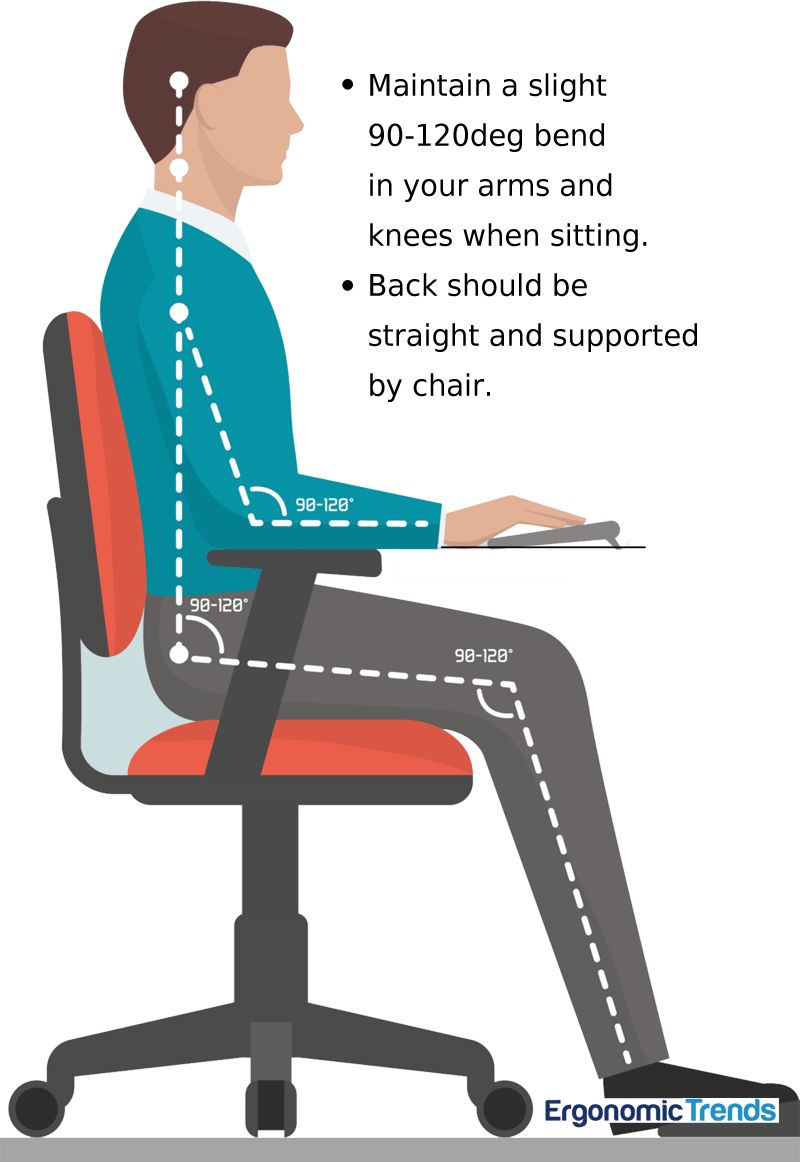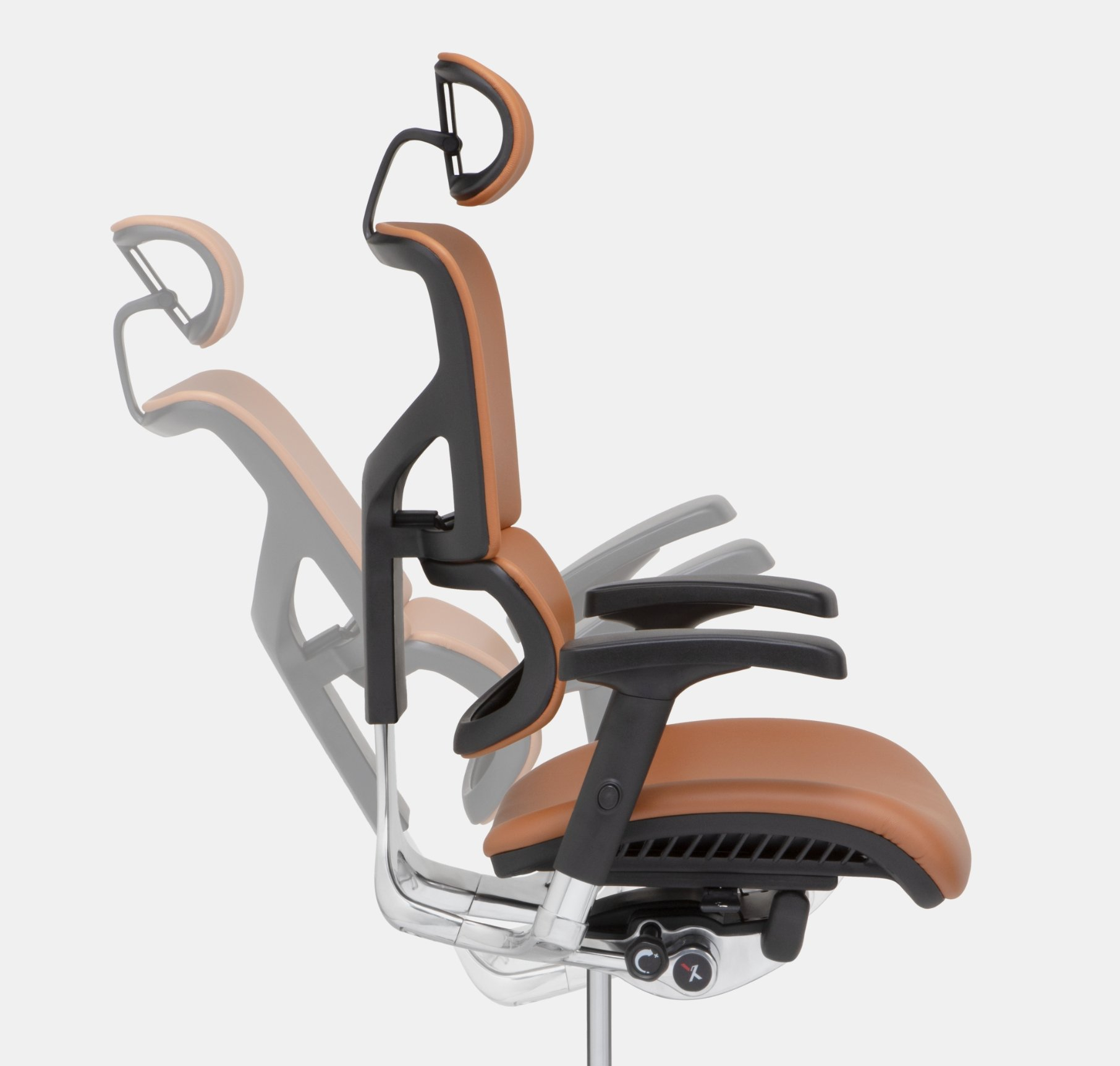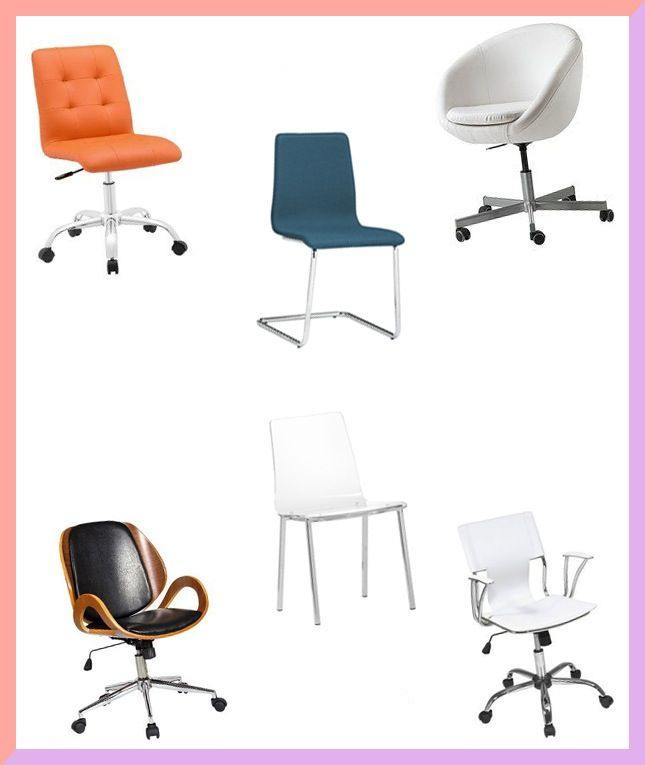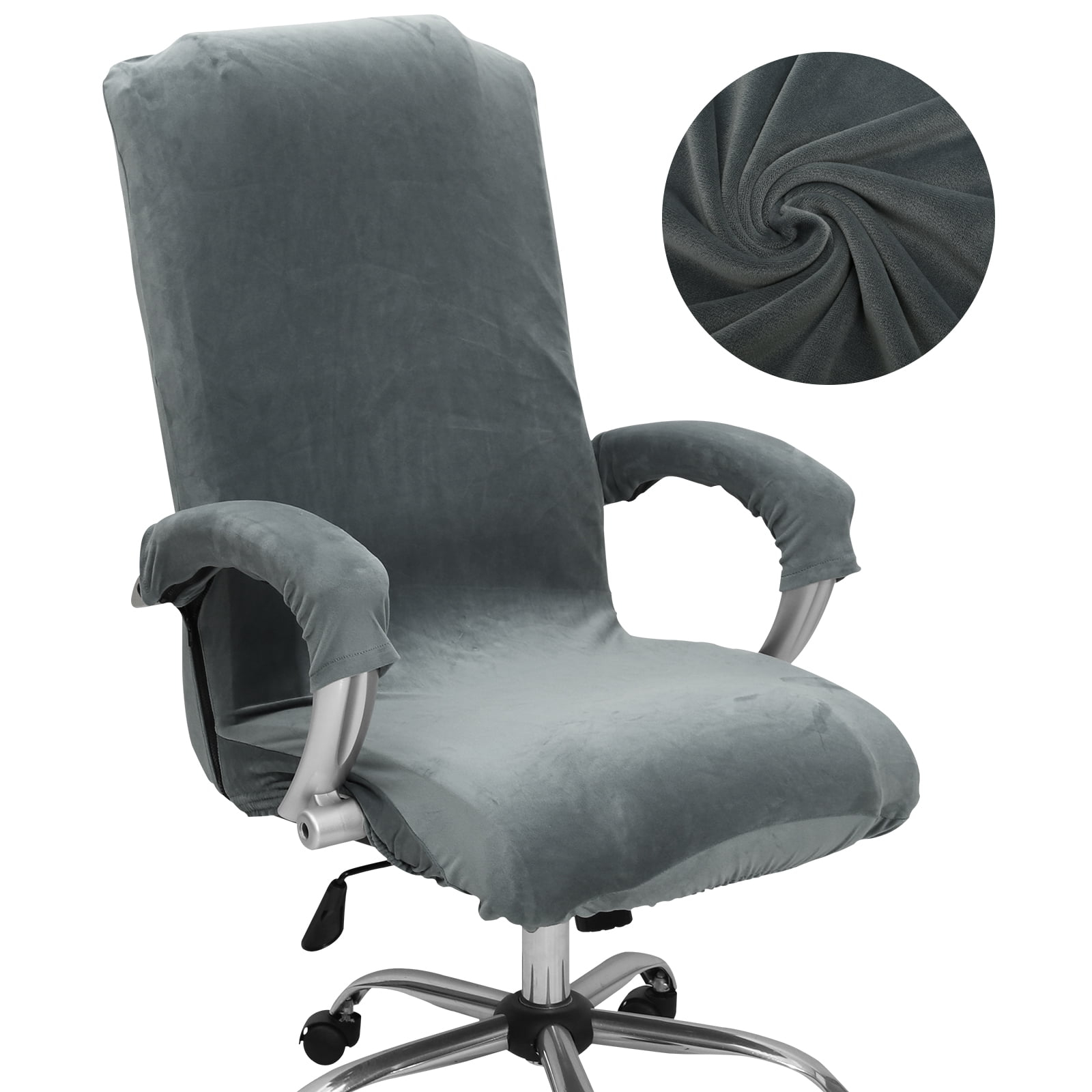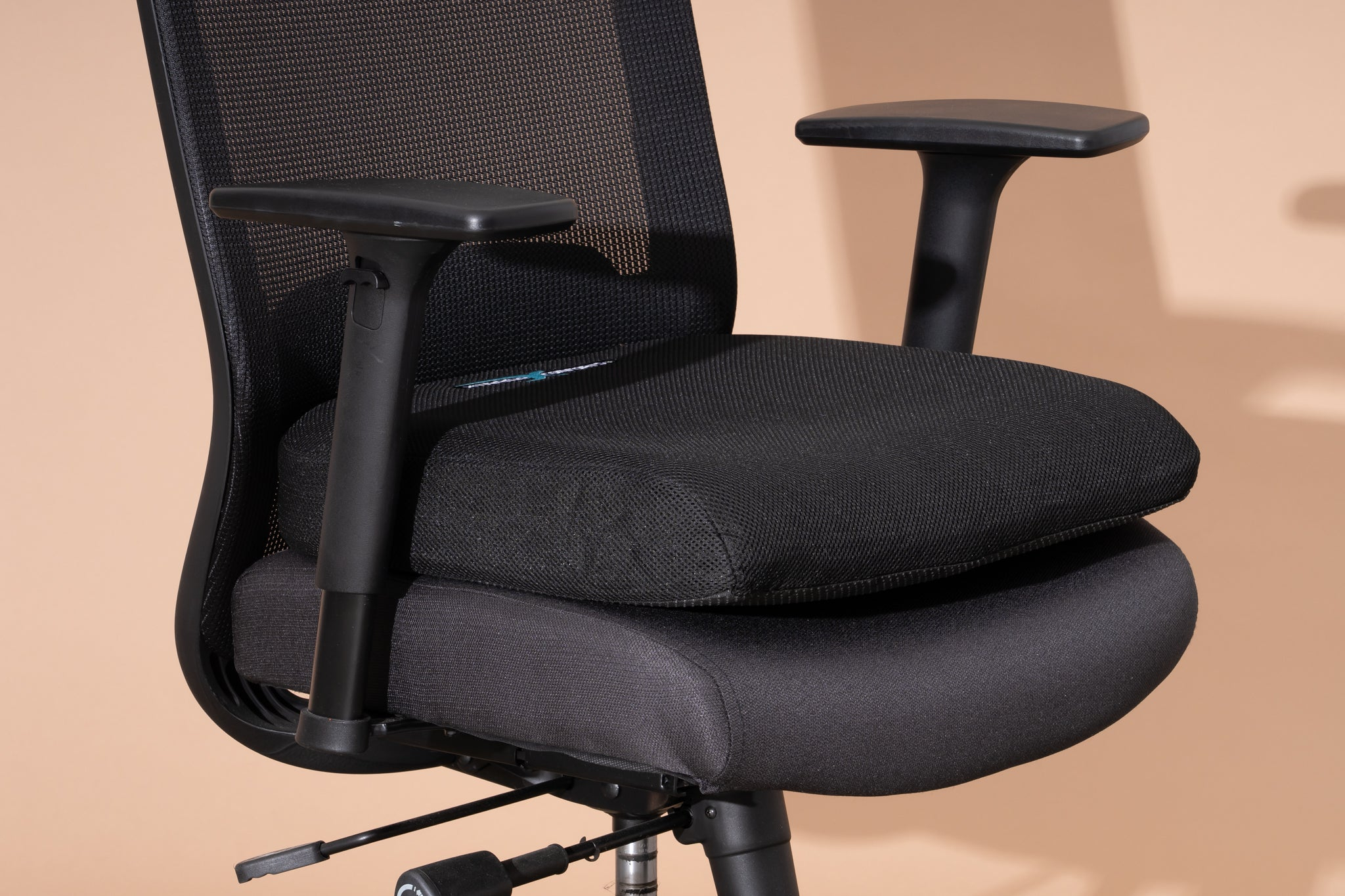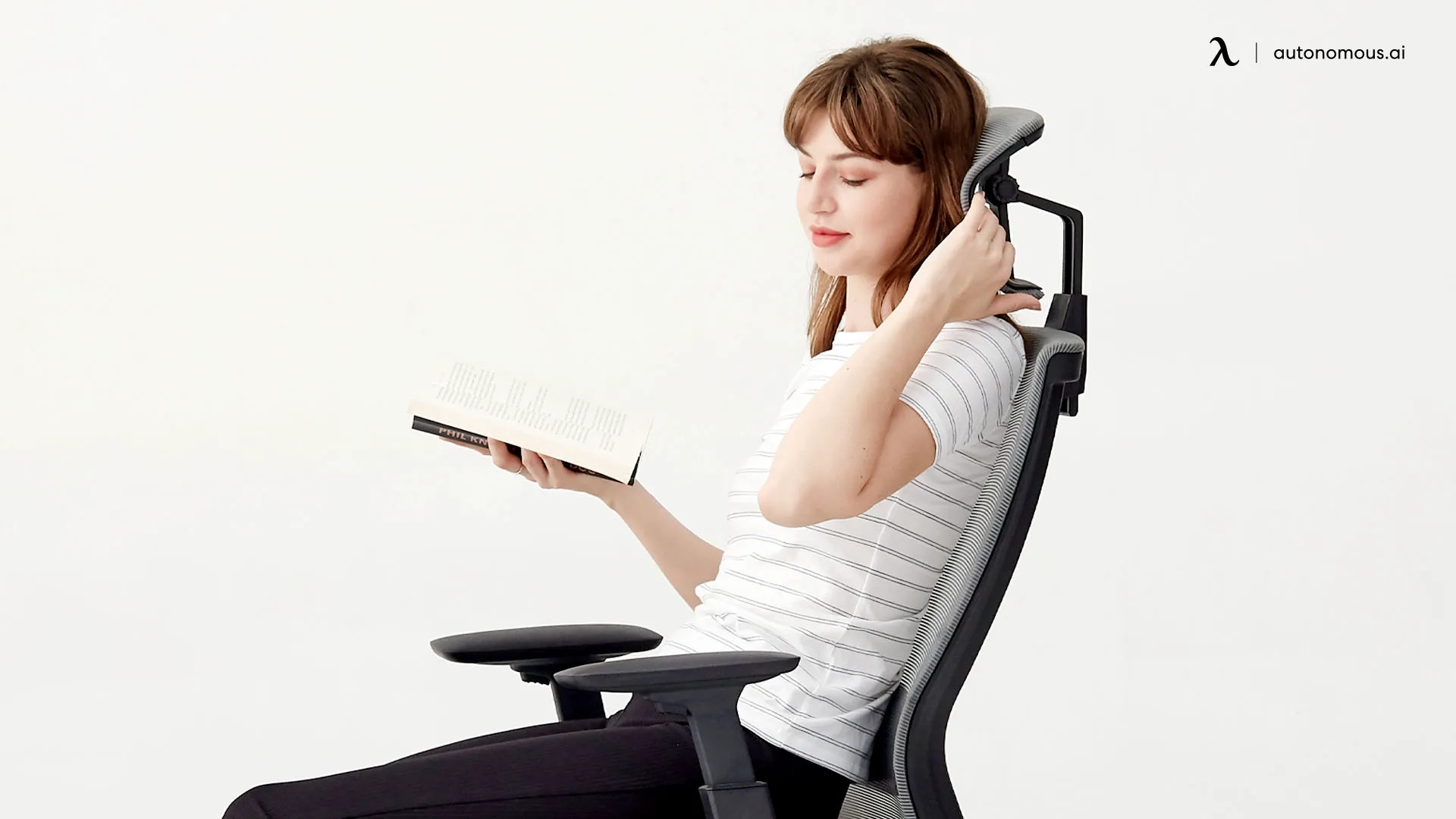Ever find yourself shifting uncomfortably, your back aching, or your legs feeling numb after just a few hours at your desk? You’re not alone. The right office chair isn’t just a piece of furniture; it’s a crucial tool for your well-being and productivity. Spending a significant portion of your day seated means that the chair you choose can drastically impact your health, your focus, and even your mood. Let’s dive into how to find that perfect seat that truly supports you.
We often overlook the importance of a good office chair, treating it as a secondary concern to our tasks. But think about it: how much time do you actually spend sitting? For many of us, it’s eight hours or more, five days a week. That’s a lot of time to be in one position. A poorly chosen chair can lead to a cascade of problems – back pain, neck strain, poor circulation, and even long-term skeletal issues. On the flip side, a supportive, ergonomic chair can boost your energy levels, improve your posture, and make your workday far more enjoyable and effective. So, let’s explore what makes a chair truly great and how you can find one that fits you like a glove.
The Pillars of Ergonomic Excellence: What to Look For
Ergonomics is all about designing things to fit the user, and when it comes to chairs, this means supporting your body’s natural curves and promoting healthy posture. There are several key features to prioritize. First, lumbar support is non-negotiable. This is the curve in your lower back, and a good chair will have adjustable support that fits snugly into this area. It helps prevent slouching and reduces strain. Next, consider seat height adjustability. Your feet should rest flat on the floor, with your knees bent at roughly a 90-degree angle. This ensures good circulation and prevents pressure on your thighs. Then there’s seat depth. You should be able to fit a few fingers between the edge of the seat and the back of your knees. Too deep, and it cuts off circulation; too shallow, and you won’t have enough thigh support. Don’t forget armrests. They should be adjustable in height and width, allowing your shoulders to relax and your arms to rest comfortably at desk height. Finally, backrest adjustability is vital. You should be able to recline slightly and lock the backrest in a position that feels natural and supportive.
Material Matters: Breathability and Durability
The material of your office chair plays a significant role in both comfort and longevity. Mesh chairs are incredibly popular for a reason. They offer excellent breathability, keeping you cool even during long work sessions. This is a lifesaver in warmer climates or for those who tend to overheat. Fabric chairs can be soft and cozy, offering a more plush feel. However, they can also trap heat and be more difficult to clean. If you opt for fabric, look for durable, stain-resistant options. Leather chairs exude a classic, professional look and can be quite comfortable, but they tend to be less breathable and can feel sticky in the heat. For durability and ease of maintenance, mesh and high-quality fabrics are often the best bets for everyday use. Consider your personal preferences and the environment you’ll be working in.
Beyond the Basics: Advanced Features for Ultimate Comfort
While the core ergonomic features are essential, some chairs offer additional adjustments that can elevate your comfort to the next level. Tilt tension and tilt lock allow you to control how easily the chair reclines and to set it at your preferred angle. This can be great for taking short breaks and stretching. Swivel and casters are pretty standard, but ensure they roll smoothly on your floor type. Some chairs also feature adjustable headrests, which can be a boon for neck support, especially if you tend to lean back while thinking. Seat tilt (or waterfall edge) can also improve circulation by angling the seat pan slightly forward. These finer adjustments might seem minor, but they can make a substantial difference in how your body feels throughout the day.
Understanding Your Body: Personalizing Your Chair Choice
No two bodies are exactly alike, and your office chair should accommodate your unique needs. Before you shop, take a moment to understand your own body. Do you have a history of back pain? You’ll want to pay extra attention to lumbar support and perhaps a chair with a more pronounced curve. Are you particularly tall or short? This will influence the required range of seat height and backrest adjustment. Consider your weight and build too; chairs have weight limits, and some designs offer better support for different body types. Many experts suggest trying chairs out in person if possible. Sit in them for at least 10-15 minutes to get a real feel for the support and comfort. If buying online, check return policies carefully. Reading reviews from people with similar body types can also be incredibly helpful.
The Cost Factor: Investing in Your Well-being
Let’s face it, a truly ergonomic and comfortable office chair can be an investment. While you can find basic chairs for under $100, these often lack the adjustability and support needed for long-term comfort. High-quality ergonomic chairs can range from $300 to over $1,000. It’s a classic case of ‘you get what you pay for.’ Think of this purchase not as an expense, but as an investment in your health, productivity, and overall quality of life. A chair that prevents pain and discomfort will pay for itself in the long run through increased focus and fewer doctor’s visits. Don’t shy away from spending a bit more if it means finding a chair that truly supports your body and your work.
Putting It All Together: Making the Final Decision
So, how do you tie it all together and make that final choice? Start by identifying your absolute must-have features based on your body and work habits. Prioritize lumbar support, seat height, and seat depth adjustability. Then, consider the materials and any extra features that would enhance your comfort. If possible, try before you buy. Read reviews with a critical eye, looking for feedback relevant to your needs. And remember, the ‘perfect’ chair is subjective; it’s the one that feels right for you. Once you’ve made your selection, take the time to adjust it properly. Small tweaks can make a world of difference. Your body will thank you for it, and you might just find yourself more energized and productive than ever before.
Finding the right office chair is a journey, but it’s one well worth taking. By understanding the principles of ergonomics and considering your personal needs, you can navigate the options and discover a chair that truly supports you. Don’t underestimate the power of good seating; it’s a foundation for comfort, health, and sustained productivity. Invest wisely, adjust thoughtfully, and get ready to experience a more comfortable and effective workday. Your body and your work will thank you for it.

